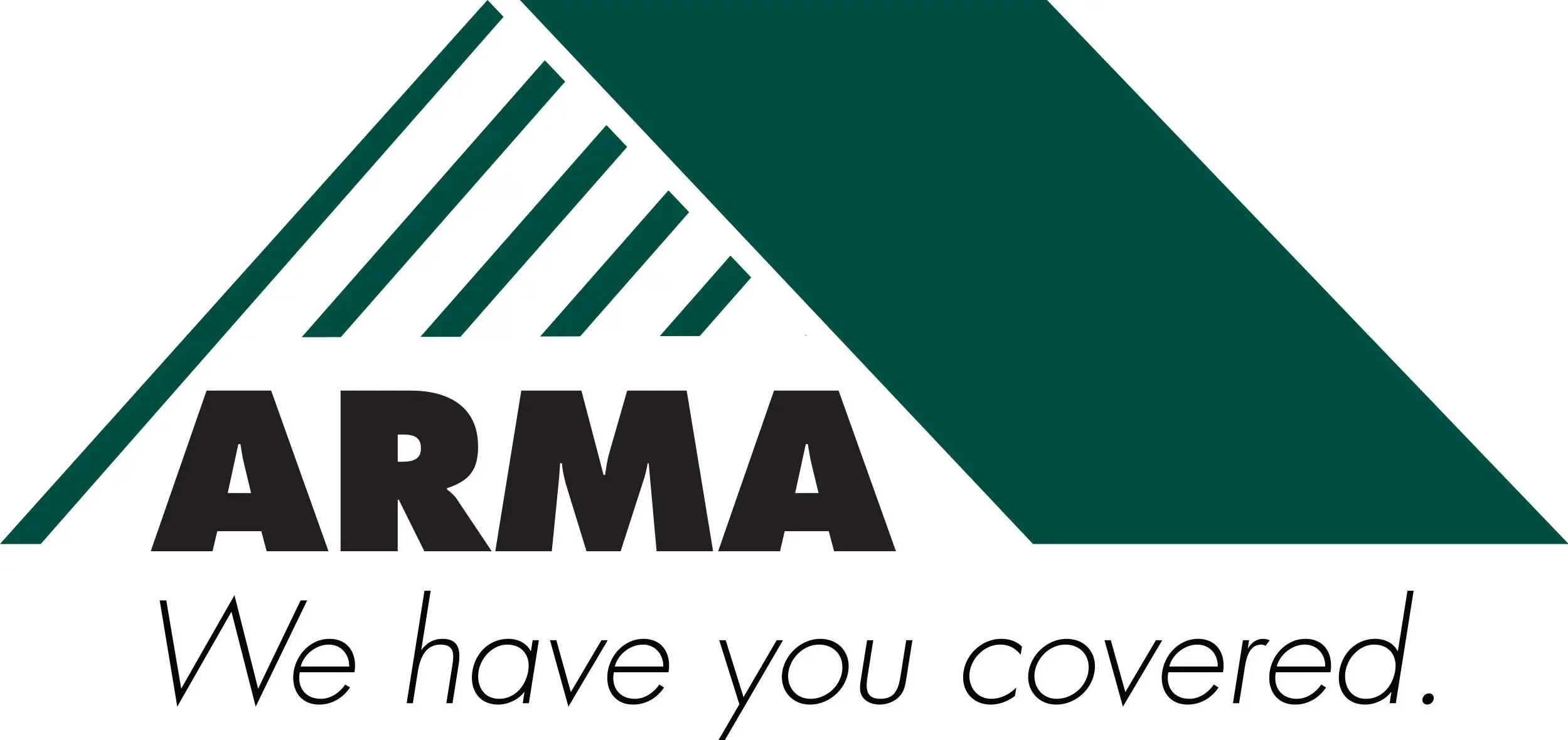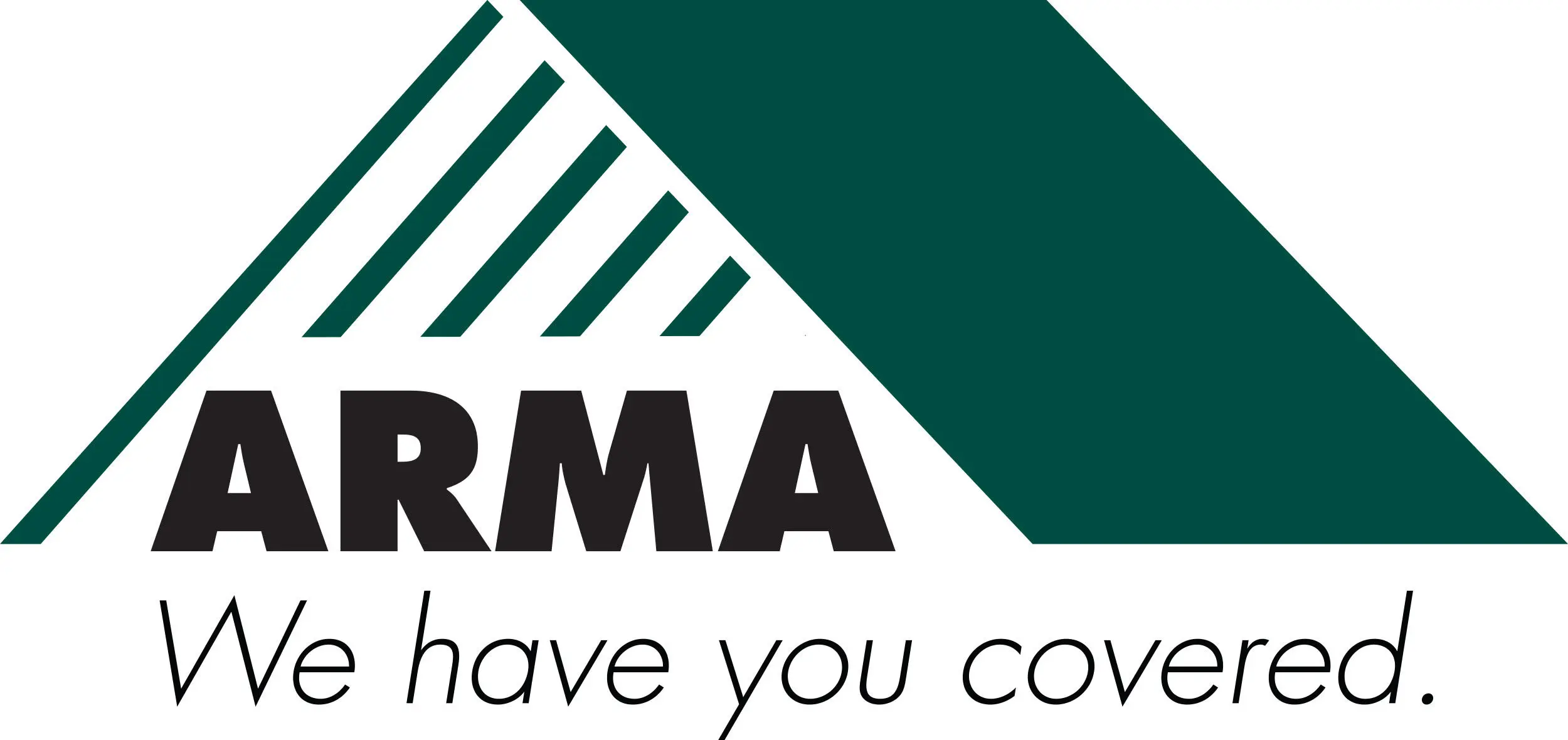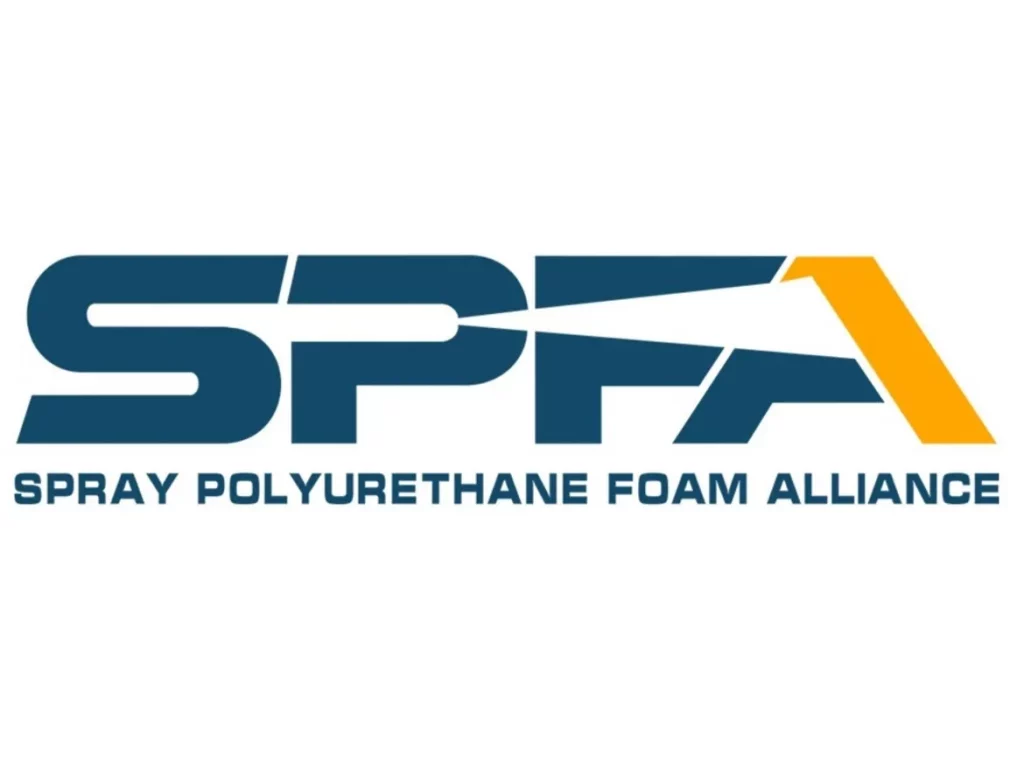Introduction
Choosing the right insulation for a home or business in Wichita, KS, impacts energy efficiency, comfort, and long-term costs. Spray foam and traditional insulation methods such as fiberglass and cellulose offer distinct advantages and limitations. Understanding their differences helps property owners make informed decisions suited to their specific needs and climate conditions.
Understanding Insulation Options
Insulation is essential for regulating indoor temperatures and reducing energy consumption. The two primary categories are:
Spray Foam Insulation
Spray foam expands upon application, sealing gaps and creating an airtight barrier. It comes in two types:
- Open-cell foam: Softer, more flexible, and offers soundproofing benefits.
- Closed-cell foam: Denser, with higher R-value and moisture resistance.
Traditional Insulation
Conventional options include:
- Fiberglass: Made from fine glass fibers, installed as batts or rolls.
- Cellulose: Composed of recycled paper treated for fire resistance.
- Mineral Wool: Fire-resistant and effective at soundproofing.
Performance Comparison
Energy Efficiency
Spray foam has a higher R-value per inch than fiberglass and cellulose. Closed-cell foam, in particular, offers superior insulation, reducing heat transfer more effectively than traditional options.
| Insulation Type | R-Value per Inch |
|---|---|
| Open-Cell Spray Foam | 3.5 – 3.8 |
| Closed-Cell Spray Foam | 6 – 7 |
| Fiberglass Batts | 2.9 – 3.8 |
| Cellulose | 3.2 – 3.8 |
| Mineral Wool | 3.0 – 3.3 |
Air Sealing
Spray foam forms an airtight seal, preventing drafts and reducing the risk of moisture-related issues such as mold. Fiberglass and cellulose require additional air barriers for optimal efficiency.
Moisture Resistance
Closed-cell spray foam repels water, making it ideal for humid or flood-prone areas. Fiberglass and cellulose can absorb moisture, leading to mold growth and reduced effectiveness over time.
Durability and Lifespan
Spray foam can last 50 years or more without degrading. Fiberglass and cellulose may settle or break down over time, necessitating replacement or reinforcement.
Installation Considerations
- Spray foam: Requires professional installation due to the specialized equipment and chemical application process.
- Fiberglass and cellulose: More DIY-friendly but may leave gaps that reduce efficiency.
Cost Analysis
Upfront Costs
Spray foam insulation has a higher initial cost than fiberglass or cellulose. The exact pricing varies based on factors such as coverage area, labor, and material selection.
| Insulation Type | Estimated Cost per Square Foot |
|---|---|
| Open-Cell Spray Foam | $0.44 – $0.65 |
| Closed-Cell Spray Foam | $1.00 – $1.50 |
| Fiberglass Batts | $0.40 – $0.70 |
| Cellulose | $0.60 – $1.00 |
Long-Term Savings
While spray foam costs more upfront, it can reduce energy bills by up to 30% due to superior efficiency. Traditional insulation may require additional maintenance or replacement over time, increasing long-term expenses.
Climate Considerations for Wichita, KS
Wichita, KS, experiences hot summers and cold winters, making insulation effectiveness crucial for year-round comfort. Closed-cell spray foam is highly beneficial in this climate, offering strong thermal resistance and moisture control. Traditional insulation can still be effective but may require extra measures to prevent drafts and moisture buildup.
Choosing the Right Insulation for Your Needs
Best for Energy Efficiency
Spray foam, particularly closed-cell, provides the highest energy savings over time.
Best for Budget-Conscious Projects
Fiberglass is the most affordable option for those seeking a lower upfront cost.
Best for Moisture-Prone Areas
Closed-cell spray foam prevents moisture infiltration, reducing the risk of mold.
Best for Soundproofing
Open-cell spray foam and mineral wool excel at reducing noise transmission.
Get Expert Insulation Services in Wichita, KS
Choosing the right insulation requires careful consideration of performance, budget, and climate factors. If you’re looking for high-efficiency solutions tailored to Wichita’s conditions, Arma Coatings of Wichita provides expert spray foam insulation services. Contact our team today for a consultation:
📞 (316) 779-2430
📧 [email protected]
FAQs
1. Is spray foam insulation worth the higher cost?
Yes, spray foam insulation significantly reduces energy bills, prevents drafts, and lasts longer than traditional materials.
2. Can spray foam be installed in existing homes?
Yes, spray foam can be applied to walls, attics, and crawl spaces in both new and existing homes.
3. Is fiberglass insulation still a good option?
Fiberglass is a cost-effective choice but may not provide the same air-sealing benefits as spray foam.
4. How long does spray foam insulation last?
Spray foam can last 50 years or more without significant degradation.
5. Does insulation impact indoor air quality?
Yes, properly installed insulation reduces drafts and contaminants, improving air quality. Spray foam also minimizes dust infiltration.
6. Which insulation type is best for noise reduction?
Open-cell spray foam and mineral wool offer excellent soundproofing properties.
7. Can spray foam insulation be used in basements?
Yes, closed-cell spray foam is ideal for basements due to its moisture resistance.
8. What is the R-value, and why does it matter?
R-value measures insulation’s thermal resistance. Higher values indicate better insulation performance.
9. How does insulation affect heating and cooling costs?
Effective insulation reduces the need for heating and cooling, lowering utility bills.
10. What are the signs that insulation needs replacement?
Increased energy bills, drafts, mold growth, and temperature fluctuations indicate the need for new insulation.





